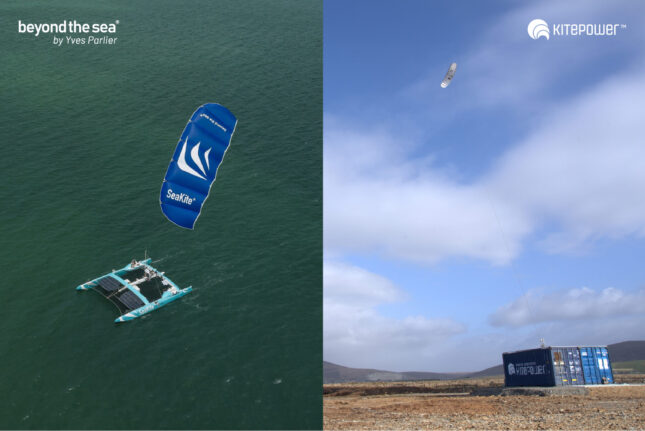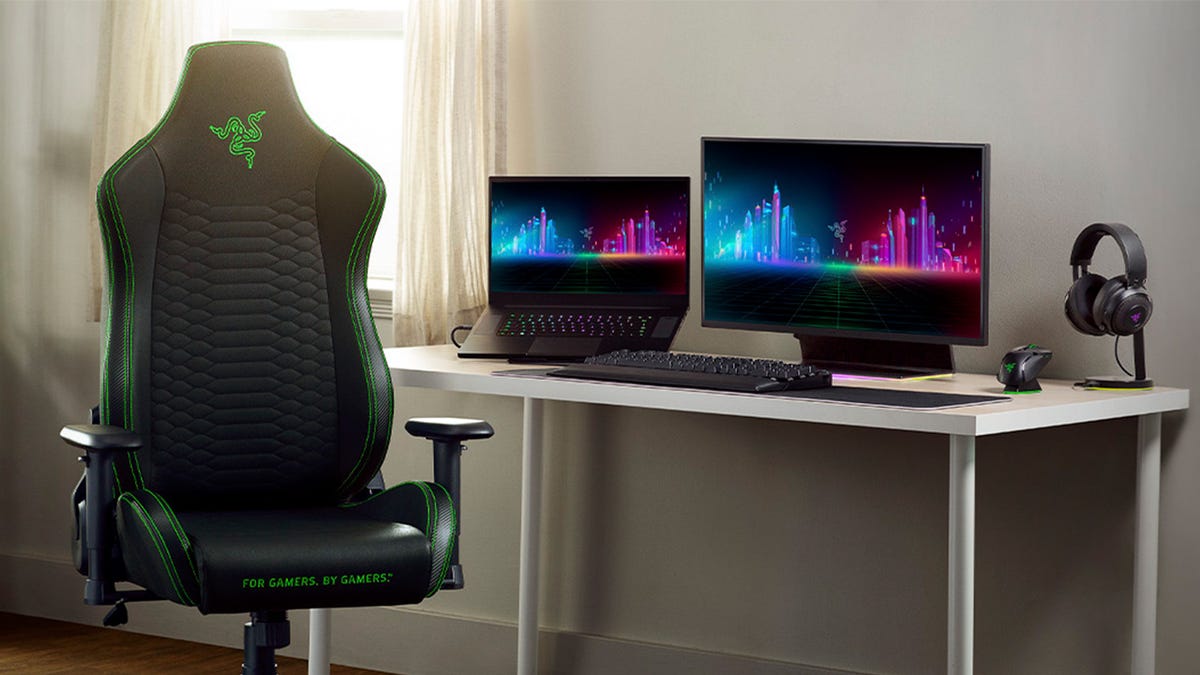Kitepower, a pioneering Dutch company in airborne wind energy, and Beyond the Sea, a French start-up specialized in maritime propulsion systems, are proud to announce the renewal and extension of their groundbreaking collaboration. After the success of their first collaboration in 2023, the two companies are launching a new, ambitious project aimed at further developing the design, simulation, characterization and control of kites.
A strengthened alliance for innovation
This renewed collaboration, running until June 2027, will be active in both the Netherlands and France, with a strong focus on advancing modelling, simulation and the development of a joint simulation landscape. By combining their expertise and innovative approaches, Kitepower and Beyond the Sea aim to deliver groundbreaking kite designs that significantly improve the efficiency and sustainability of energy generation and maritime propulsion systems.
Key areas of collaboration
The collaboration focuses on three strategic areas: advanced kite design and development, academic research, and system modeling & mechatronics. This joint effort is expected to significantly enhance the technological capabilities of both companies, positioning them as leaders in their fields. The collaboration will promote the exchange of detailed plans and construction methodologies for kites and their lines. Jointly developed simulation algorithms will refine the design of kites, while innovative methods, sensors and algorithms will validate and improve the performance of the kites. Continuous exchange of experimental data will stimulate this iterative process.
Johannes PeschelCEO of Kitepower, emphasized the importance of this collaboration: “The renewal and expansion of our collaboration with Beyond the Sea is an important milestone in our mission to transform airborne wind energy. Our first collaboration has been very successful and we look forward to deepening our collaboration by aligning our software and simulation platforms, coordinating research activities and synchronizing the work of our PhD students with the research team of Beyond the Sea.”
Yves ParlierCEO of Beyond the Sea, emphasized the synergy between the two companies: “This partnership demonstrates the powerful collaboration between our teams. By joining forces, we are setting new standards for innovation and sustainability in kite technology. Together, we are on the verge of realizing groundbreaking advances that will redefine the future of kite applications.”
Link magazine July/August 2024 Theme People, Culture, Organization & Productivity. Read Link magazine digitally or request a copy from [email protected]
Kitepower is a leading start-up in Airborne Wind Energy (AWE) and develops innovative and cost-effective alternatives to existing wind turbines. Kitepower’s patented technology is a breakthrough in the wind energy sector: Kitepower uses up to 90% less material and has the potential to be twice as efficient as conventional wind turbines with the same power output. Unlike conventional wind turbines, Kitepower systems do not require resource-intensive towers or heavy foundations and are therefore highly mobile and easy to install. The system can harness stronger and more consistent winds at higher altitudes, resulting in capacity factors of more than 0.5 and thus cost-effective electricity generation. The company was founded in 2016 by Johannes Peschel and Roland Schmehl as a spin-off from the Airborne Wind Energy group of Delft University of Technology. Kitepower has a team of experienced engineers and technicians working on the development of innovative wind energy systems. The team collaborates with, among others, the Dutch Ministry of Defence, the United Nations World Food Programme and leading energy supplier RWE Renewables.
Beyond the Sea, founded by Yves Parlier, develops and markets kite propulsion systems that can provide part or all of the energy needed to propel a ship, depending on the area of operation, performance and characteristics of the ship. The company aims to address the problem of energy dependency of shipowners with the aim of decarbonizing maritime transport. The company has developed the SeaKite, a fully automated kite propulsion system to reduce emissions from the equipped ship. Connected to the ship via its lines, the SeaKite controls itself automatically and can fly statically or dynamically, depending on the desired traction. The kite can be used alone or in combination with another propulsion mode. The system is currently available in several sizes and adapts to any type of ship











